Shorts: Matt Copson, Kasia Fudakowski, Sylvia Sleigh, La Pausa, Christopher Adams, and the Penghu Perennial
Nostos is a weekly newsletter about making a home at the intersection of art and life. Shorts is a regular column with links and commentary on family culture.
Matt Copson (KW Berlin)
Matt Copson, the artist whose laser animations are instantly recognizable, has his first major exhibition up in Berlin at KW with “Coming of Age. Age of Coming. Of Coming Age.” The main work is a trilogy following a baby that grows into / attempts to swallow the world, an everyman character born out of the fundamental contradiction in which we exist today: everything is horrible, and there’s nothing you can do about it.
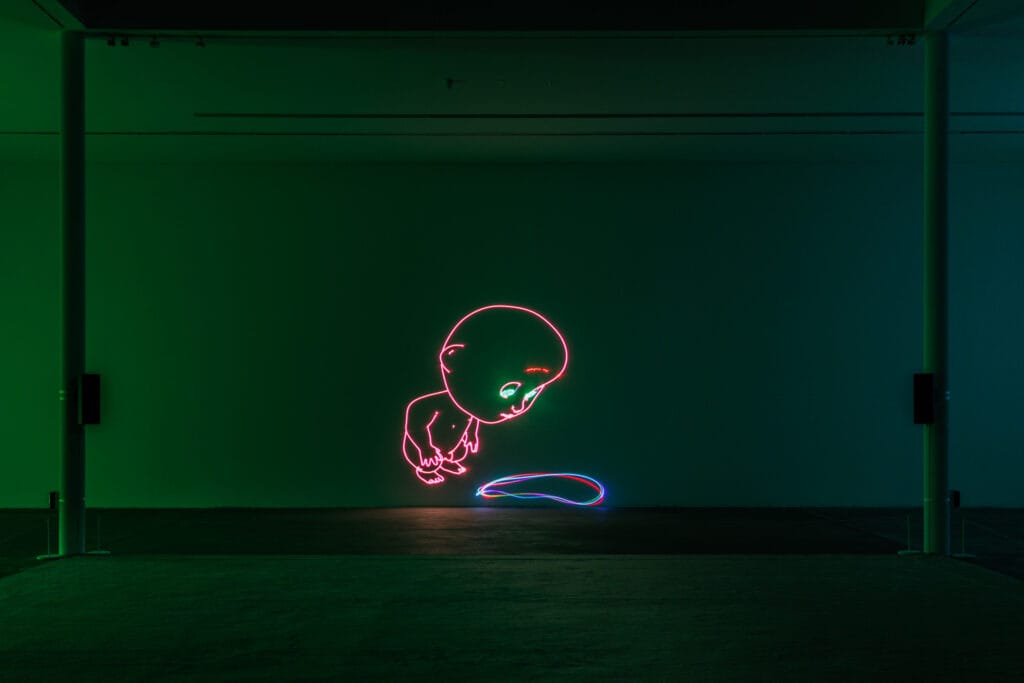
And also, it’s an opera. The baby is an artist, a politician—all of us. Last weekend Copson and the writer Dean Kissick invited three children to join them on stage for a panel conversation on “Art and Meaning in the Contemporary Age.” It sadly doesn’t seem to have been filmed but perhaps we can cajole Dean and Matt into sharing some of the highlights with us.
Kasia Fudakowski (ChertLüdde)
This work popped up on my feeds last week and I’m not sure exactly why, but since we’re on the topic of art and children in Berlin exhibitions I thought I’d share it here. I like how the pro and the con are presented side-by-side with no resolution, making permanent the state of the question, the debate, rather than the decision or the outcome.
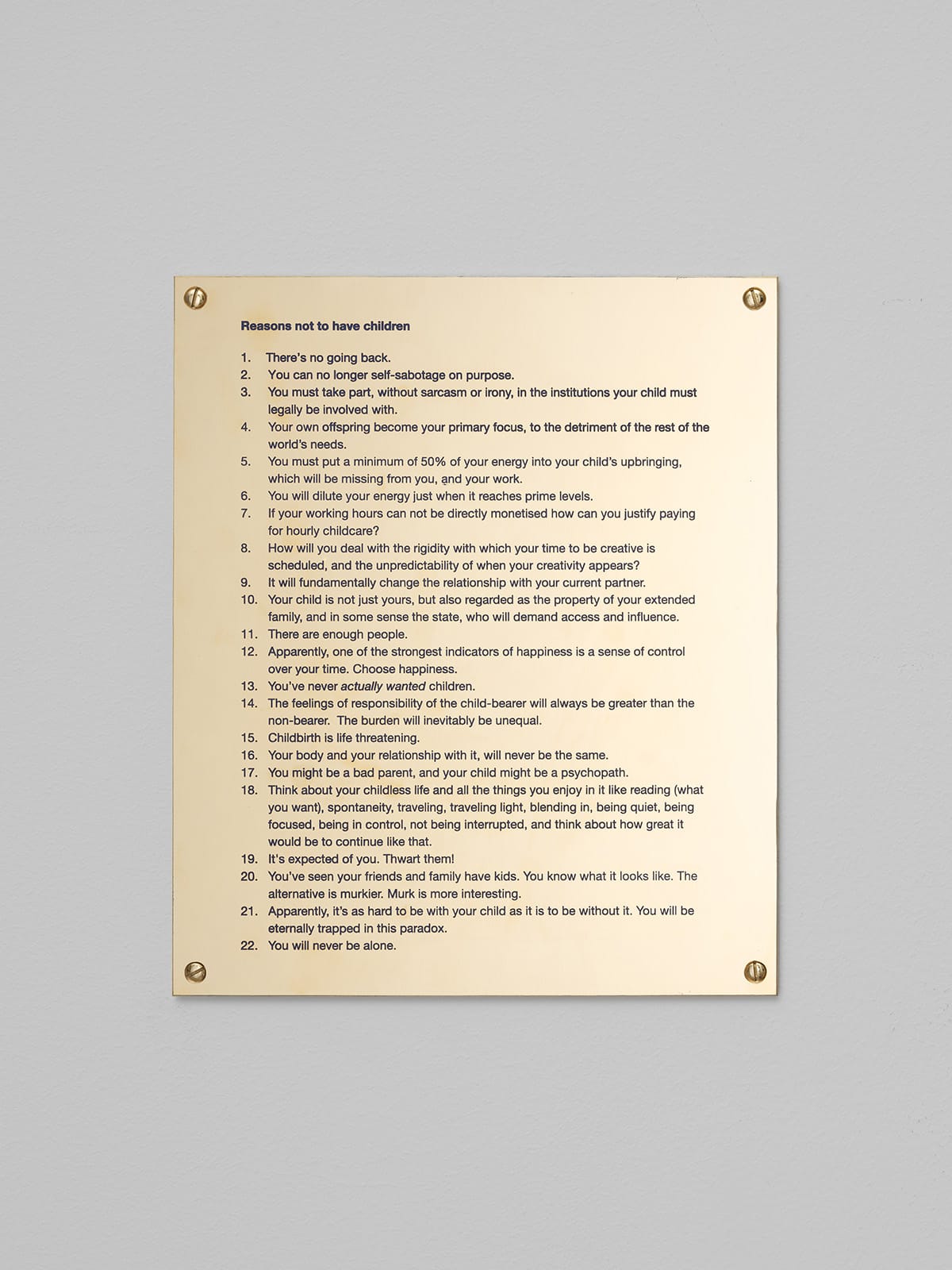
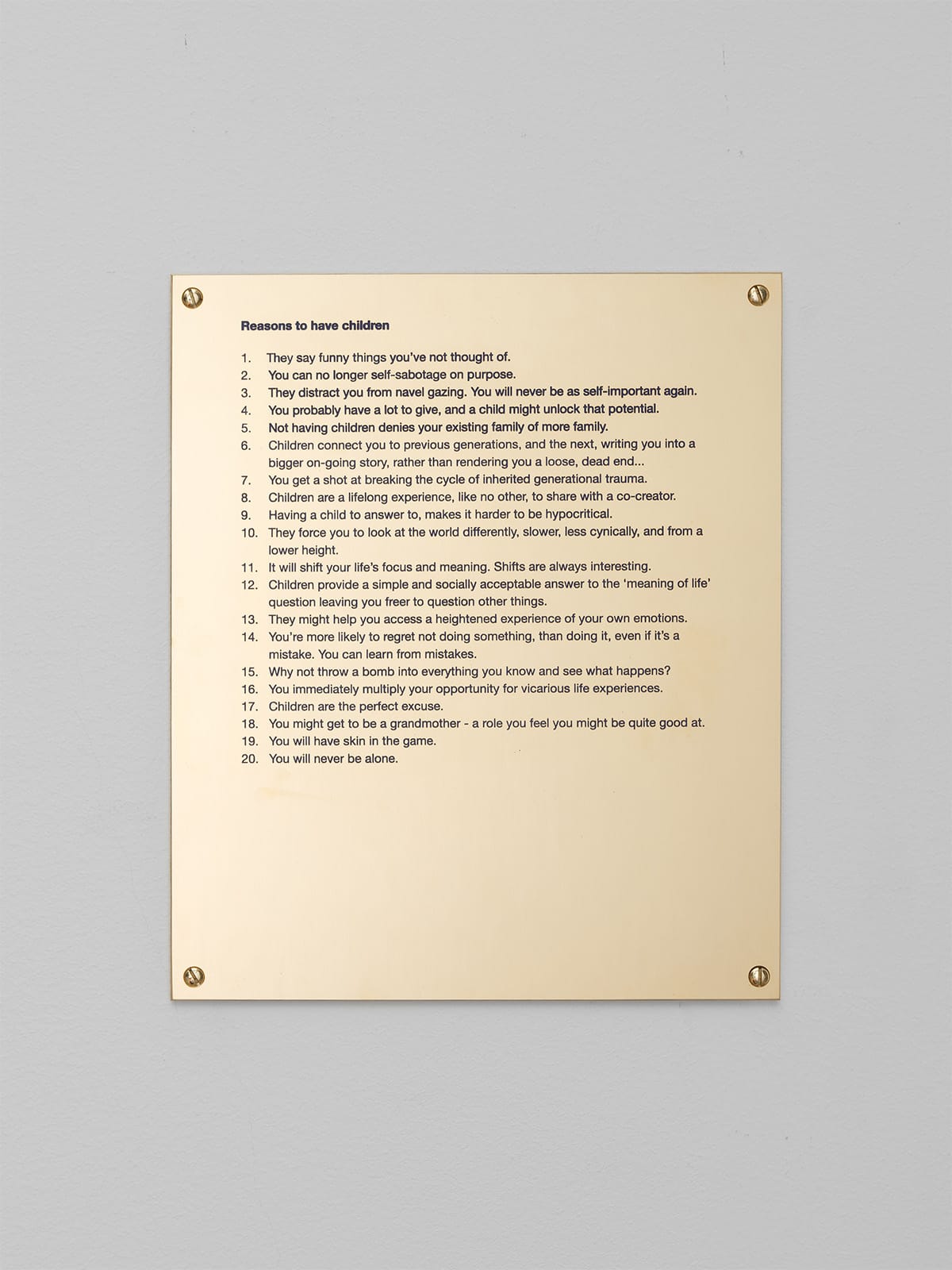
Kasia Fudakowski, Reasons to Reproduce, Reasons Not to Reproduce, 2023
This was initially part of a solo exhibition by Fudakowski a couple years ago that was thinking about energy in the context of art, and she made some really interesting comments about how the question of reproduction becomes an energy sink at a certain age, to say nothing of reproduction itself. “You will dilute your energy just when it reaches prime levels.”
Sylvia Sleigh (Lévy Gorvy Dayan)
Rather unexpectedly the artist of the spring has been the late Sylvia Sleigh, whose solo exhibition with Ortuzar Projects ended in early April and then has been quickly reaffirmed by the tightly curated Lévy Gorvy Dayan group exhibition “The Human Situation,” which puts her alongside Alice Neel and Marcia Marcus. As with Neel, one of the most engaging aspects of Sleigh is the network of relations that is embedded into the portraiture.
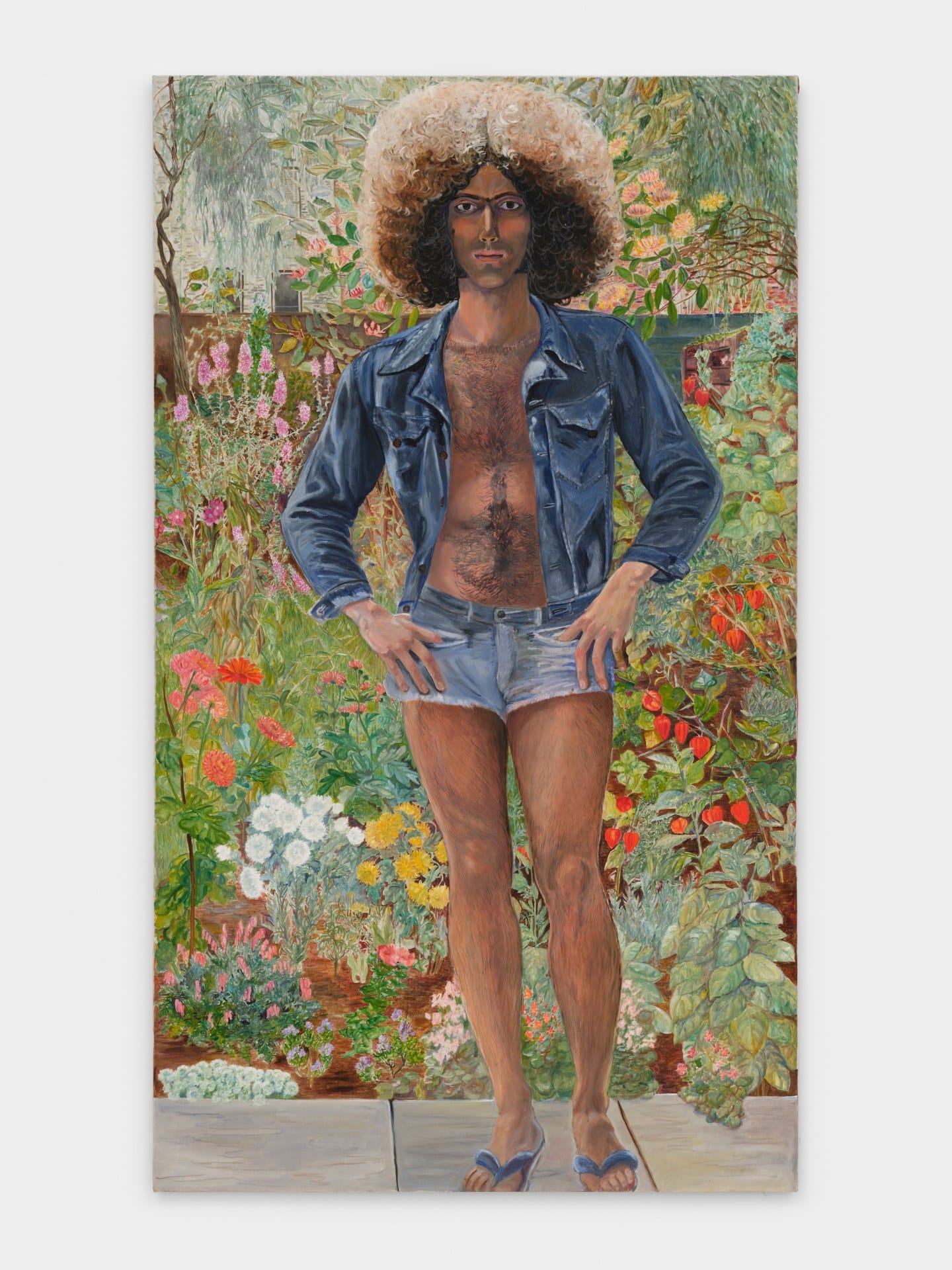
If Neel’s talent was for leveling and humanizing, sympathetically stripping everyone down to a psychological essence, Sleigh’s was more like a drag show, swapping familiar figures into new and surprising roles. She’s been getting a lot of attention, for instance, for the way she strips down her male colleagues and lovers, turning art critics into odalisques, turning he who gazes into something to be gazed upon. In many pictures the textures of body hair and tanlines sit against foliage and patterned textiles, a delicate riot of sensation and experience.
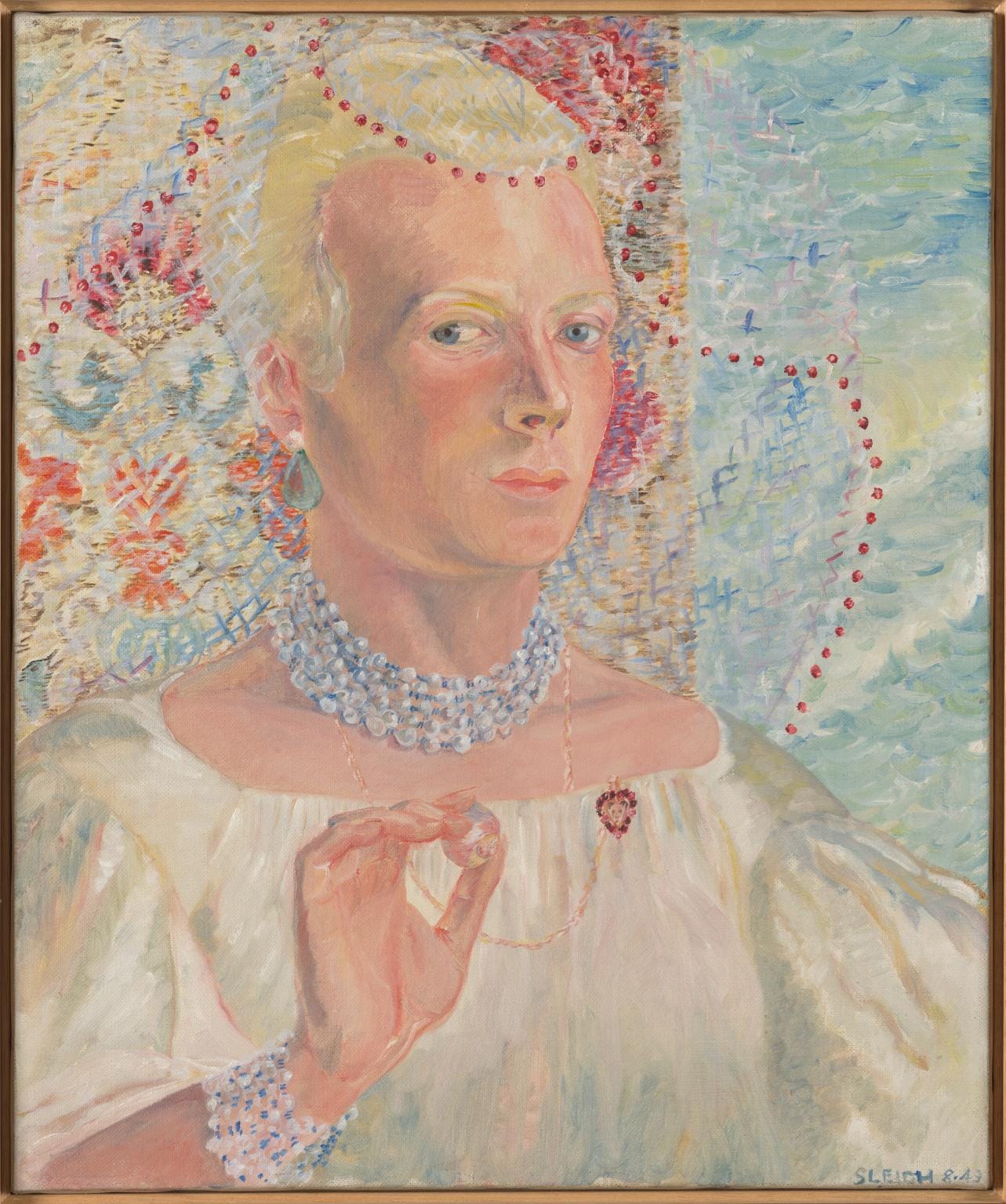
And sometimes it’s a literal drag show: this is her husband Lawrence Alloway in a wedding gown, to my eye the very face of Orlando. There’s also a great episode of the Great Women Artists to listen to.
Coco Chanel’s La Pausa (New York Times)
Coco Chanel’s residence in the south of France has rejoined the house of Chanel after a half-century detour through Texas. Initially designed by Robert Streitz with reference to the Abbaye d'Aubazine where Chanel spent some of her childhood, the house has now been restored by Peter Marino to what is described as its 1936 state. From what we can see in the photographs released so far it is minimal and modern but not radically or dramatically so, of a piece with her mirrored Paris showroom, and seems like it would have made for a naturally informal and lived-in mode of entertaining.
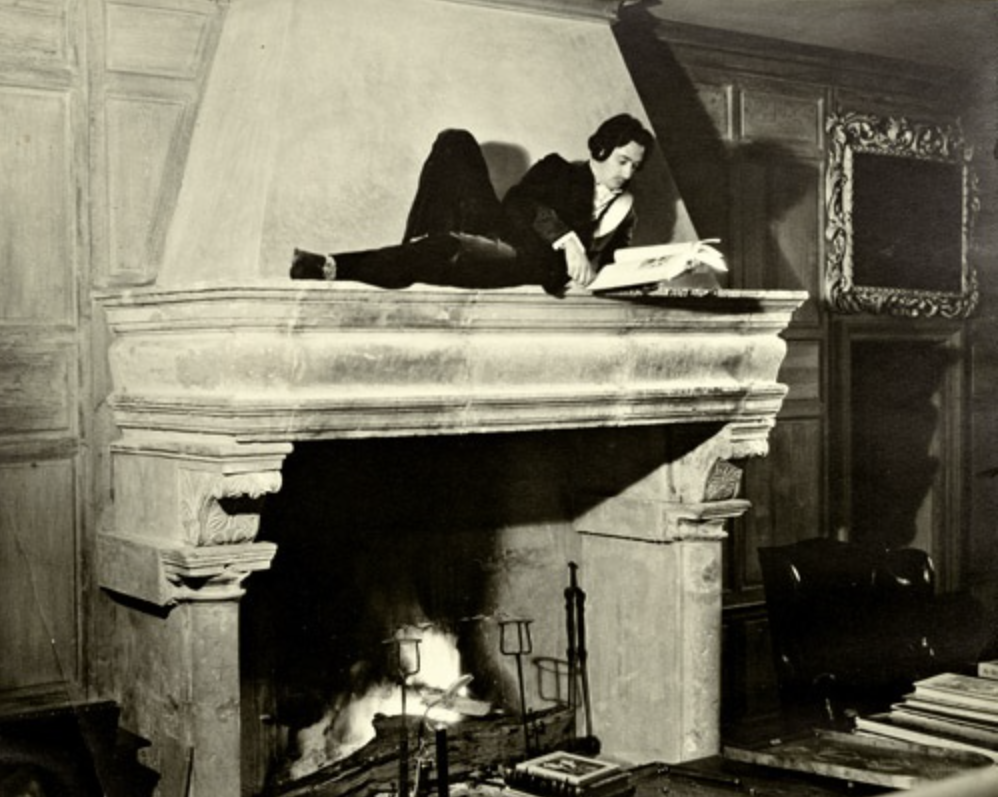
Her many guests included Dalí, who lived and worked there in an unofficial artist-in-residence capacity. It will be exciting to see if Chanel’s art and culture programs will reinvigorate it in an interesting way—it says there will be a literary program in the fall and perhaps more to come.
Christopher Adams
Finally, as we are coming out of Taipei Dangdai Art & Ideas this week I want to share a couple projects by friends locally in Taipei. The first is “Island of Another Scene,” a stunning small-scale solo exhibition by Christopher Adams, which I somehow knew nothing about until it opened. I was blown away by the work and by its framing: Christopher presents some dozen portraits of artists, sometimes their faces, sometimes their work, sometimes a combination of the artist in the work.
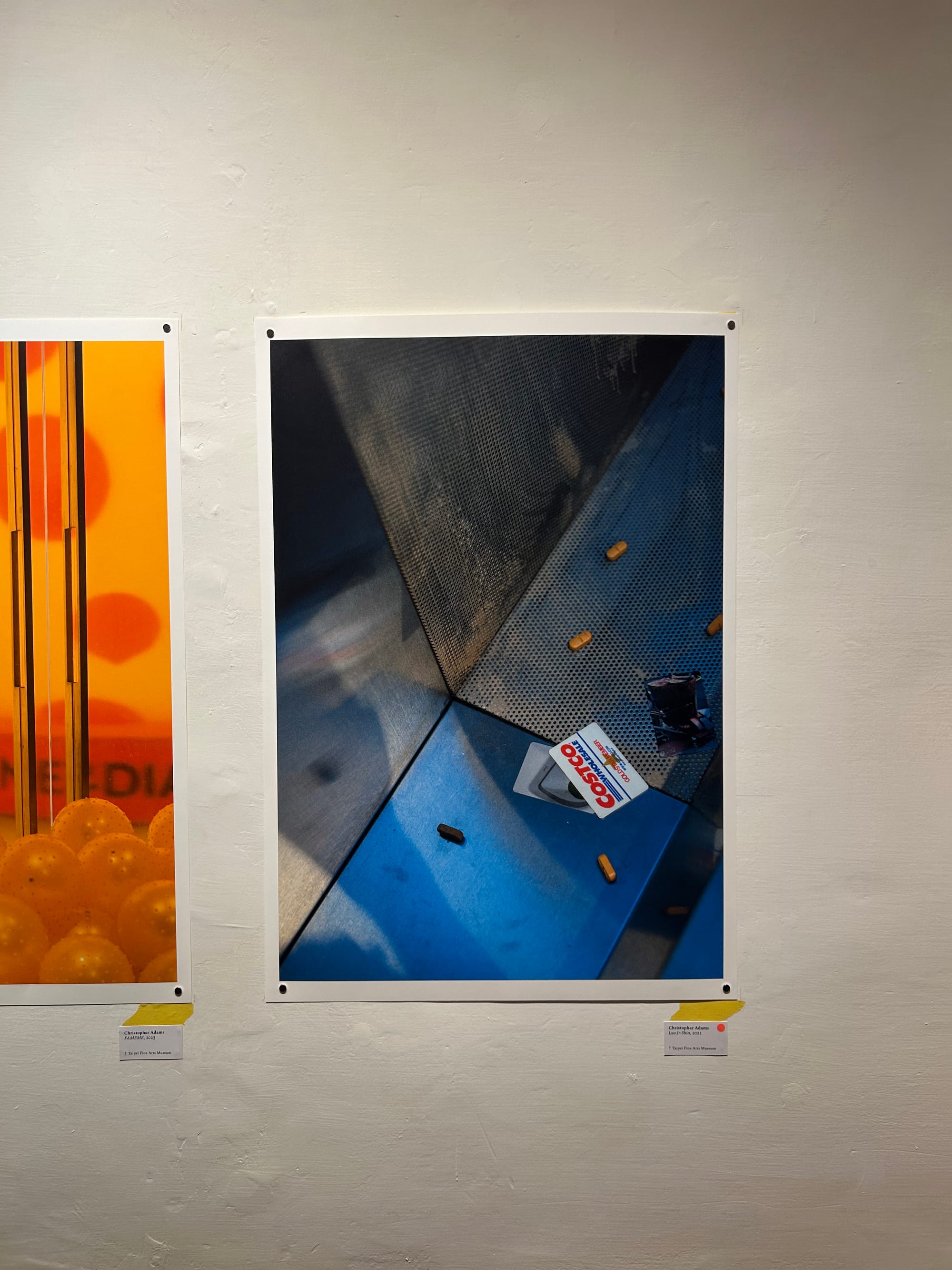
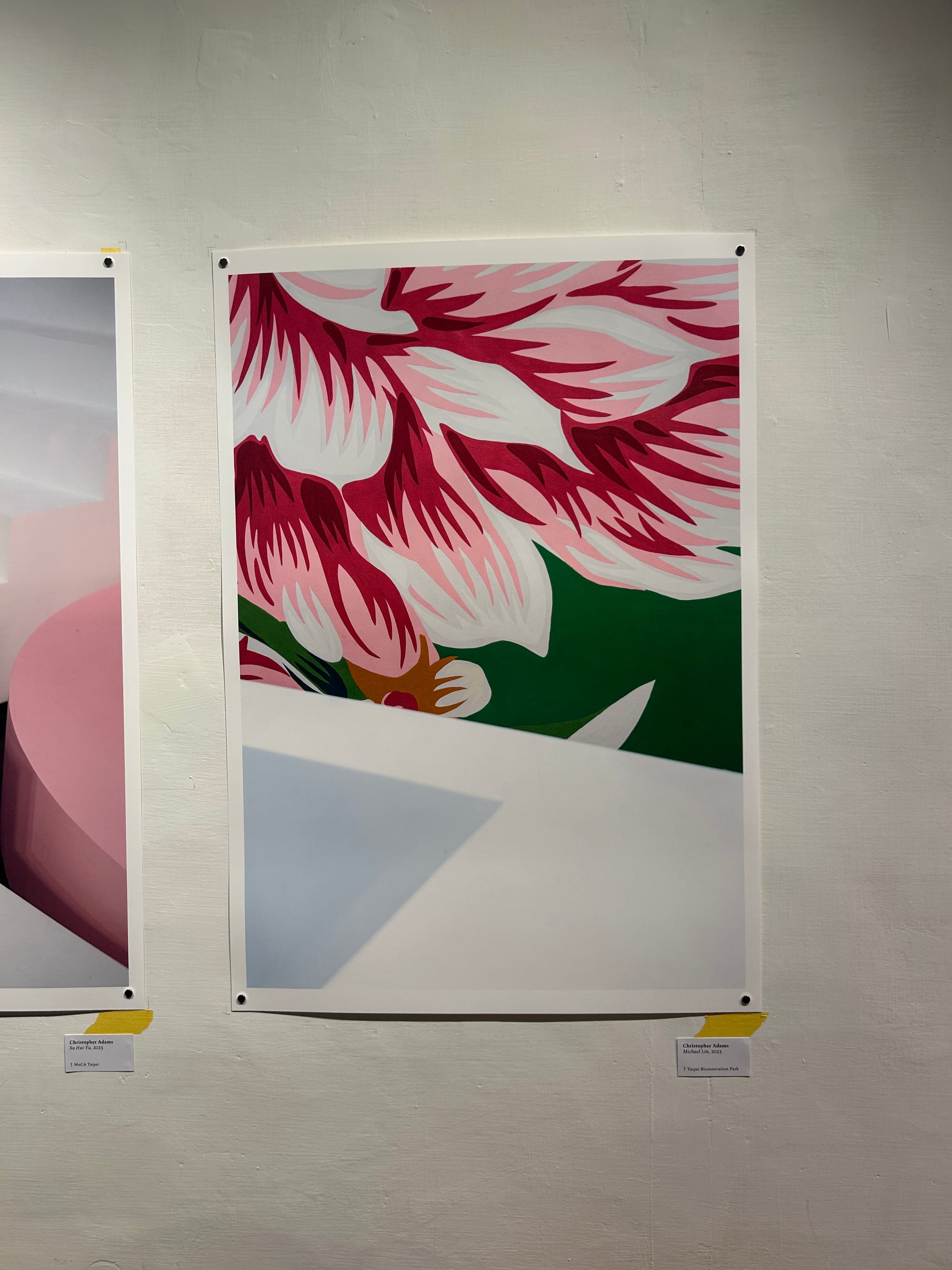
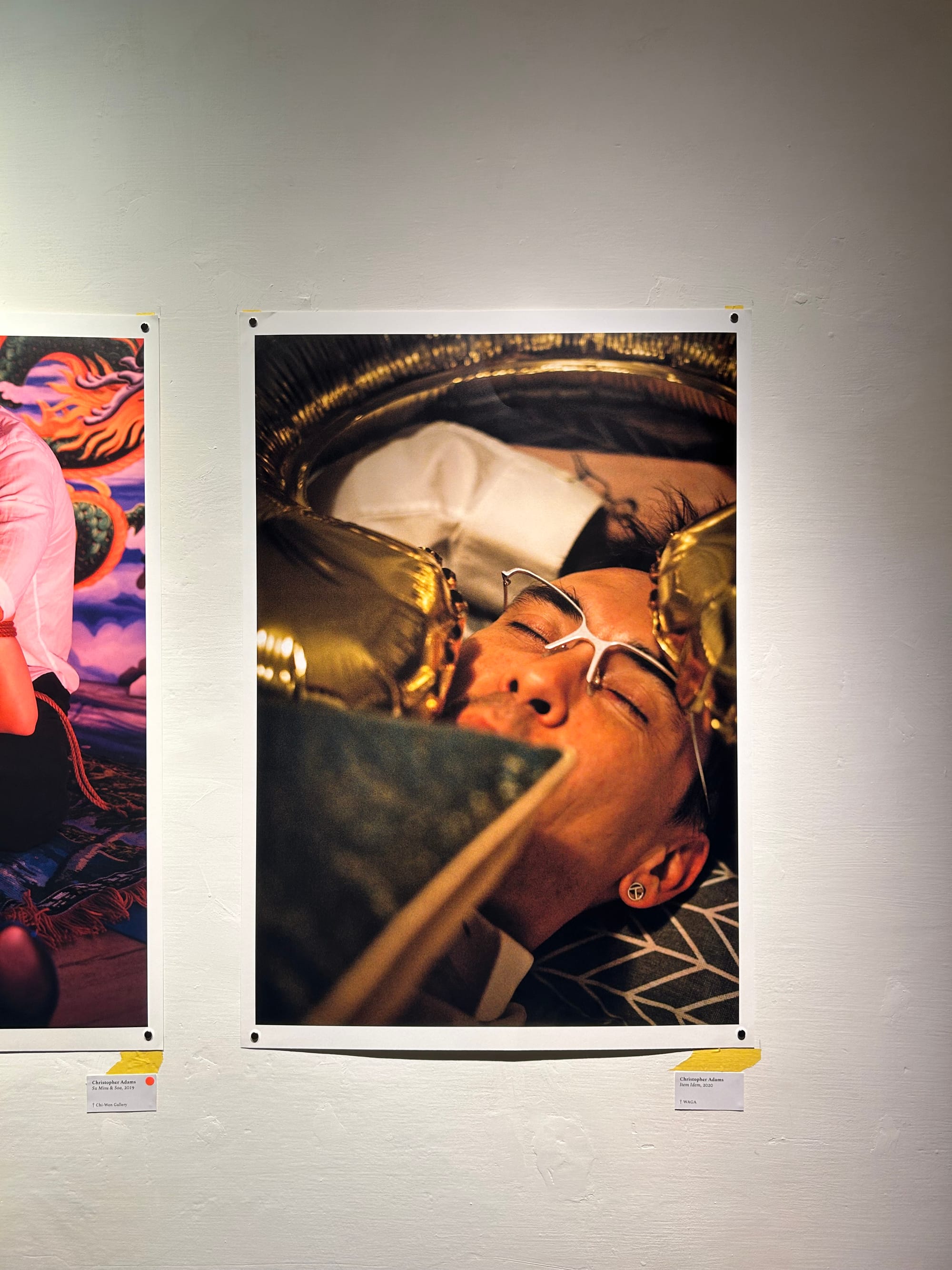
Left to right, portraits of Luo Jr-Shin, Michael Lin, and Item Idem, with fragments of Fameme, Su Hui-Yu, and Su Misu
In the introduction to the project he talks about how the idea of relational aesthetics changed our understanding of what art is, and how the relationships that constitute art and its audience become a part of how we see the art. You could call it a practice of relational portraiture.
Penghu Perennial (PILL)
The day after Taipei Dangdai closed I flew to Penghu, an outlying island off the coast, for the inaugural edition of the Penghu Perennial hosted by the Penghu Institute of Labor & Leisure, a new art space founded by the Paris-based multihyphenate Item Idem. We gathered for the premiere of the new film Joss Joss by Cheng Ran and Item Idem, and I moderated a talk between these two brilliant artists while food designer Slow Chen conceptualized a hospitality experience using foraged local ingredients.

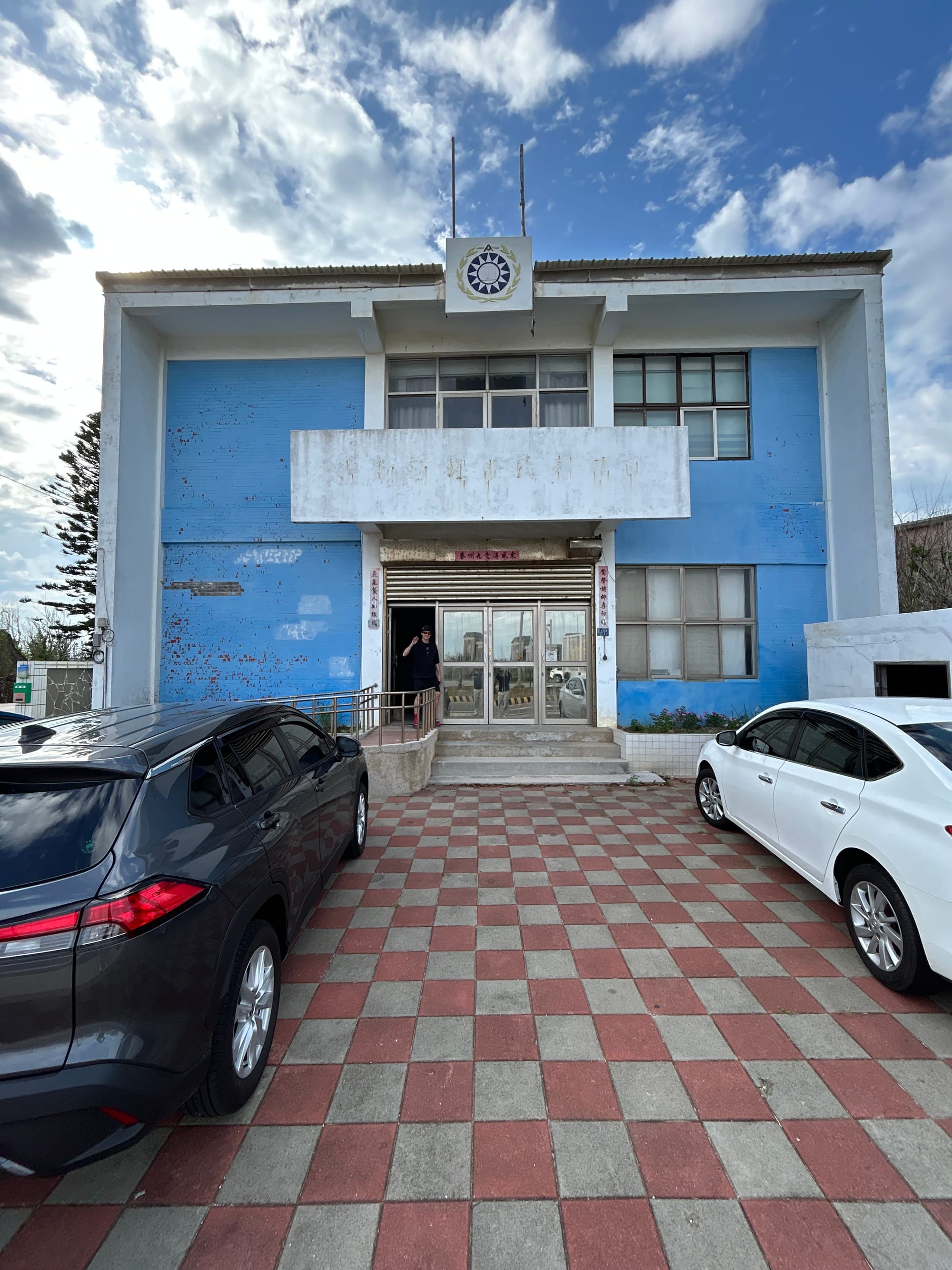
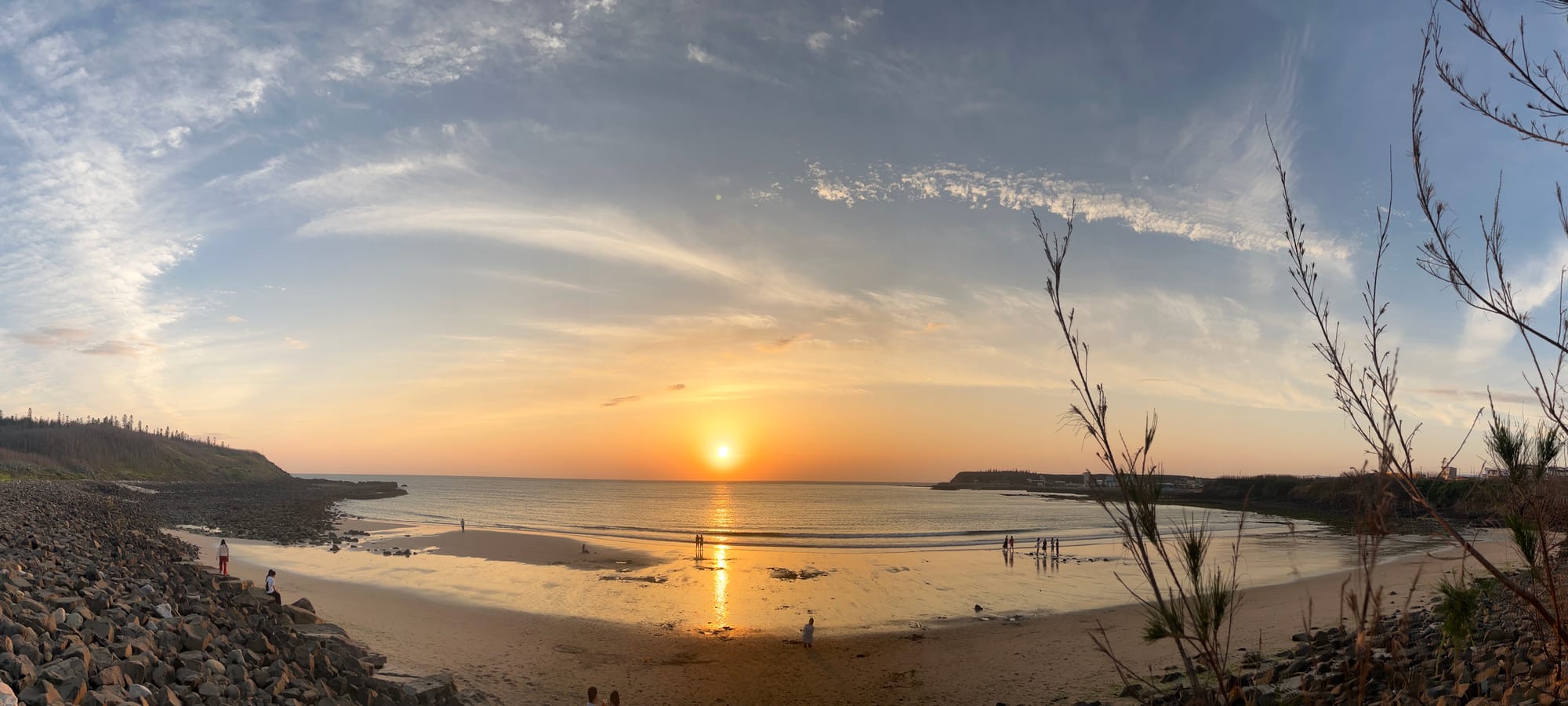
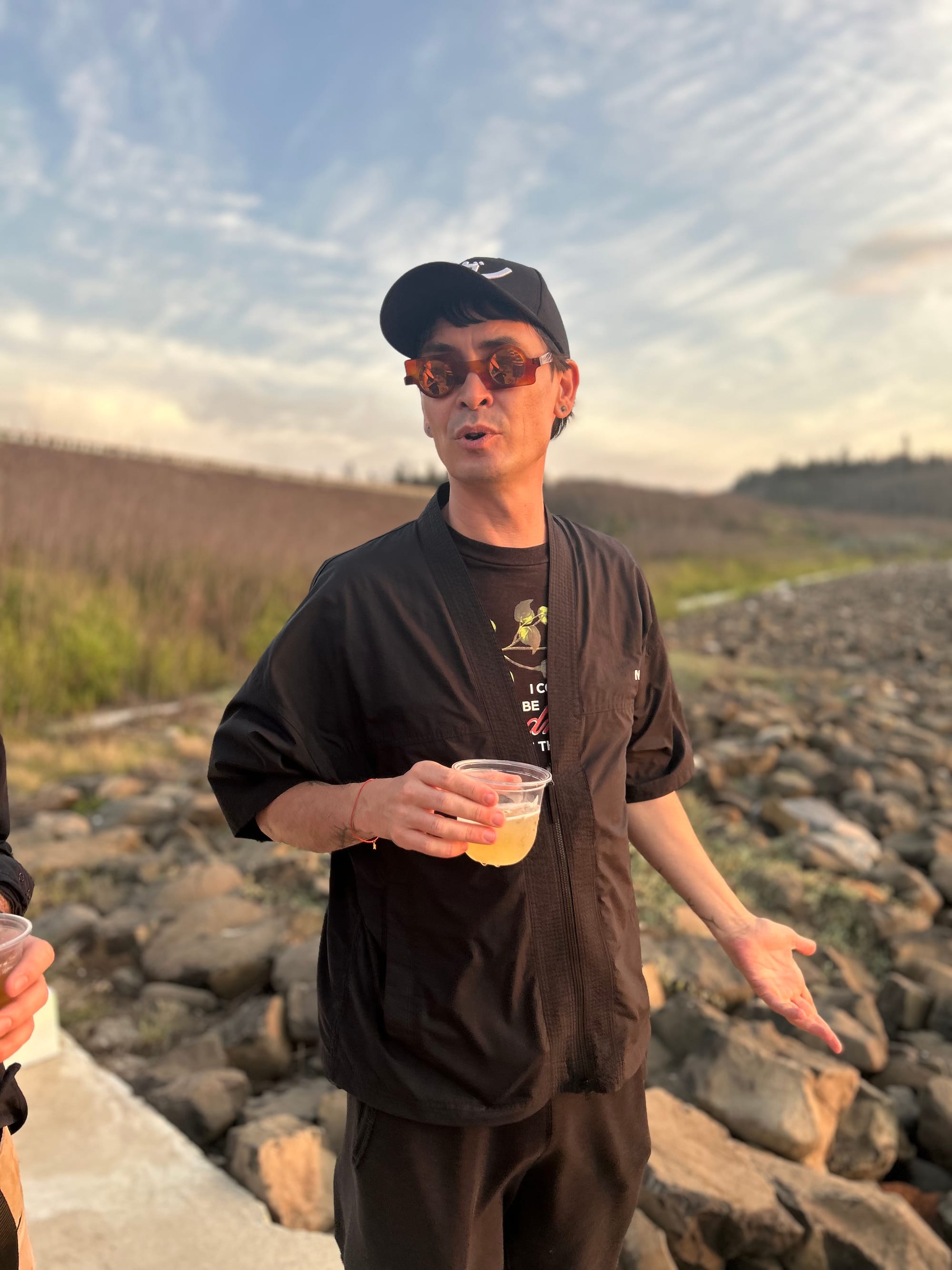
I think this can become an exciting place to gather and look forward to future iterations of the Perennial—but it will also be a great spot for artists and particularly artist families to rest, recover, and make new things.